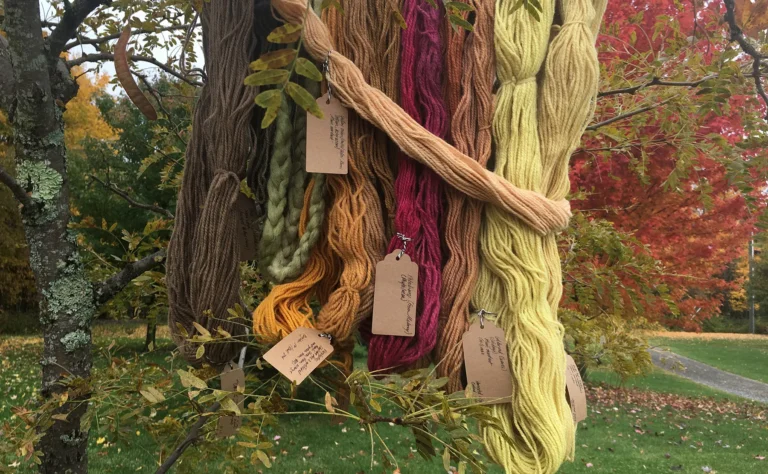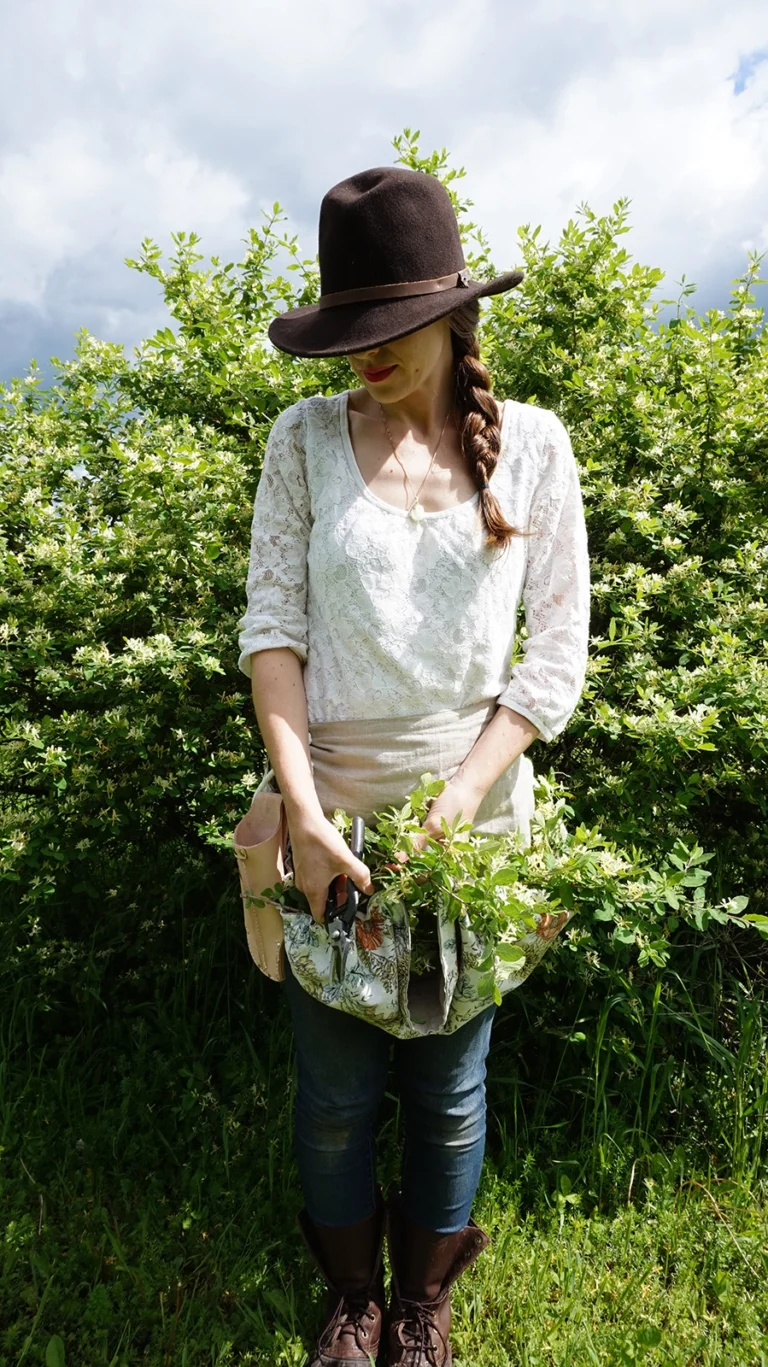Currently, I am in my third year working to restore the ecology of my once farmed property by reintroducing native plants and removing invasives. It is extremely labor intense but the hard work has been rewarded by an increase in birds, insects, rodents (whether I like it or not) and the occasional reptile or aquatic life. I’m incredibly passionate about this and have been for almost a decade.
4 reasons why invasive plant species are so harmful
1. Increased pest pressure and decrease of natural predators
The home gardeners often hear about poor companion plant relationships through nutrient stealing. Many are not proven scientifically. But attracting similar same pests to the same area is pretty easy to see and it can devastate a crop. Polyculture, (similar to growing nature) creates a better balance.
The effects in natural ecology compared to a cultured garden is extensively studied and results in the decline are very obvious. In many cases, long after an invasive has been removed there are long term effects still in the soil. While I can understand some fear insects, when observed and joining entomology groups as I have, you’ll find a greater appreciation for them as our lives depend on them. Capturing rather than killing provides food for other insects, birds and along the foodchain. Luckily in North America it is more likely our insects are harmless. Many spiders people fear are non-venomous and are more scared of us.
2. Crowds and competes for sunlight
There are vines that choke, berries and seeds dispersed by birds and by air that agressively supplant native species. In many cases there aren’t predators, insects or mammals to consume them. One of my greatest tasks is eliminating Lonicera Japonica (Japanese Honeysuckle). As I am planting so much and having many birds I wholeheartedly embrace in my garden, they deposit Japanese honeysuckle berries. I am planting ilex species each year (holly bushes: winterberry, inkberry and holly), as well as blueberries, huckleberry, serviceberry elderberry and virburnum), but they are all small compared to these mature hedges. I put my faith in the chokeberries and other native species on my property while I combat just this one problem.
3. Inhibits growth through allelopathy
Allelopathy is the biological phenomenom inhibiting the growth of one species by the chemicals of another. Perhaps the poster child in the Northeast is Alliaria petiolata, garlic mustard. Many other species are allelopathic like Black Walnut for example. I’m particularly fond of as a dye plant and have seen first hand their inhibition potential. Unlike Black Walnut which is a native species that is not aggressive in spread, garlic mustard can produce thousands of seeds in their lifetime which can persist in soil for 10 years. Scientists are amending some studies of just how devastating it is to native growth but there are many other species that are considered allelopathic.
4. Decline in food sources for specialist species
Consider you’re far from home. You miss “ma’s cooking” and you want to eat something you know. Insects and birds migrate searching for specific plants or other members of the food chain. Many only dine on one plant called a host plant. Monarchs, well known and beloved feed exclusively on milkweed. While I love honeybees, they are generalists and forage on many flowers. There has been a marked decline in bird species When insects and birds especially travel so far and can’t find what they need, I imagine it’s the same lurching feeling when you run out of gas and you’re stuck. disturbs habitat from aquatic life, birds, mammals, reptiles, etc. Some are more harmful than others. Some do not spread much, while other engulf and devastate local ecology
Disruption and displacement of native environments is one of the largest contributing factors in climate change. Practicing with invasive species is a great way to learn and control their hold on your local ecology.
The general rule of thumb is harvest no more than 20% in an area in which you have legal access to for native plants if there is a healthy colony, but, please research each plant. Some are protected species to remove and are classified differently state by state. Not all invasive species are created equal. There are some that have naturalized and are beneficial. For generalist species of non-native insects like honeybees I’m not as concerned. They use many plants as a resource. If it is a plant that is not harming other plants and does not spread aggressively, use your best judgement how much you’d like to try it.
Research and observe of the surrounding area. Most invasives are also considered noxious weeds and should be removed liberally. If you’re anything like me, the endless google searching of “dyeing with x” will turn you into a besotted natural dyer and your appreciation of your local area will consume your thoughts. It’s on par with the act of dyeing itself. And, on top of that, learning the family of species translates elsewhere and it’s really interesting. It helps inform growing your own and even how dye may be the same with another plant. Wildly interesting stuff!

